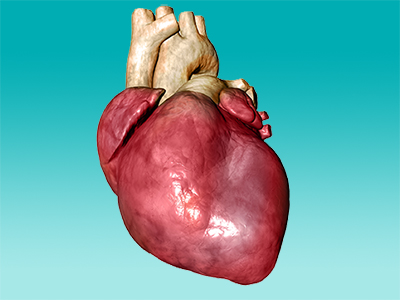Effect of Neonatal Hyperoxia on Cardiovascular Disease
 Persistent lung disease seen in people born preterm has been known for many years because it often manifests in early childhood. However, now that these individuals are reaching adulthood, there is growing concern that they are also developing cardiovascular disease defined by high blood pressure, systemic capillary rarefaction, abnormal sized ventricles, aortic constriction, and early heart failure. Since neonatal hyperoxia alters adult mouse lung development and the response to respiratory viral infections, we investigated whether it also causes cardiovascular disease.
Persistent lung disease seen in people born preterm has been known for many years because it often manifests in early childhood. However, now that these individuals are reaching adulthood, there is growing concern that they are also developing cardiovascular disease defined by high blood pressure, systemic capillary rarefaction, abnormal sized ventricles, aortic constriction, and early heart failure. Since neonatal hyperoxia alters adult mouse lung development and the response to respiratory viral infections, we investigated whether it also causes cardiovascular disease.
We observed pulmonary capillary rarefaction, dilation of pulmonary arterioles and veins, cardiac failure, and reduced lifespan as mice exposed to neonatal hyperoxia aged. These changes are preceded by a permanent growth inhibition and thinning of cardiomyocytes wrapping the pulmonary vein. Since pulmonary vein cardiomyocytes help pump blood out of the lung, their loss may explain why blood accumulates in the lung and the heart becomes hypertrophic over time.
Recent studies suggest neonatal hyperoxia impairs growth of pulmonary vein cardiomyocytes by perturbing mitochondrial function and fat metabolism. Genetic and pharmacologic approaches that target these pathways are currently being used to understand how neonatal hyperoxia inhibits growth of pulmonary vein cardiomyocytes and how loss of these cells adversely impacts cardiovascular health later in life.